Share
Medical Matters: What’s new in Accreditation
Back to MessengerRead time: 3 minutes
By: Dr. Jeremy Beach, Assistant Registrar, Accreditation
As some of you may or may not know, this will likely be my last contribution to the Medical Matters feature of Messenger, as I will be retiring at the end of this year. I have been with CPSA since December 2016, first working in the Physician Health Monitoring Program (now Health & Practice Conditions Monitoring program (HPCM)), and more recently with the Accreditation department. It’ll be quite a change for me to leave CPSA and retire, having been working continuously since the age of 23 when I graduated from medical school.
However, for this month’s Medical Matters, rather than bore you all with my reminiscences, I would like to take some time to share the background behind one of Accreditation’s recent notable projects as well as some opportunities for you to consider, should you find them interesting.
Diagnostic Imaging Accreditation Standards version 4.1 (v4.1)
CPSA Council met twice in the spring, approving two very specific revisions to the version 4 (v4) Diagnostic Imaging (DI) Accreditation Standards. These revisions were reflected in version 4.1 (v4.1), which were launched on July 11. The March and May Council Agenda and Dossier materials are publicly available if you would like to read more about the overall decision-making process.
The first v4.1 revision expands and clarifies the eligibility criteria of DI facility medical directors. This change was made in recognition that the v4 standards had likely been too restrictive in this regard, opening up eligibility to experts in diagnostic imaging who might not be radiologists or similar. One example of expanded eligibility is for specialists in materno-fetal medicine who, of course, are very skilled in the use of ultrasound within their practice. The second revision removed the 25km geographical distance criteria in reference to the provision of tele-ultrasound (tele-US). After careful consideration, this amendment was made to follow evidence and best practices across jurisdictions, while supporting equitable access to care across the province, including underserved and urban-adjacent areas. CPSA Council went to considerable lengths in reaching this decision, including commissioning two external, third-party reports on tele-US from recognized bodies. Furthermore, Council asked that the impacts of the 25km removal be carefully monitored for future consideration.
There are still some limitations to the criteria for the provision of tele-US. Musculoskeletal, hernia and diagnostic breast US exams may not be performed through this method because these exams are considered particularly technique-dependent and complex. Previously, the DI v4 standards were awarded international recognition and accreditation by the International Society for Quality in Health Care (ISQua). In 2026, CPSA will apply for similar recognition for the new v4.1 standards. I encourage you to read more about the v4.1 changes on our website.
NHSF Assessors
CPSA’s Accreditation Standards could not be adequately implemented without the efforts of CPSA Assessors. Assessors play a key role in ensuring physician compliance with CPSA assessment standards and processes. They also coordinate and participate in relevant inspections at various accredited facilities across the province. The Accreditation team works with multiple assessors, each with differing backgrounds and skillsets that support the evaluations of their assigned facility type. Based on their expert opinion and judgment, assessors ensure facilities are complying with accreditation standards, while maintaining accurate records and reporting findings as needed.
Currently, CPSA’s Non-Hospital Surgical Facility (NHSF) team is looking for assessors with experience and expertise in anesthesiology, gynecology and surgery (general, ophthalmic, orthopedic and plastic surgery, respectively). If you are interested in patient safety and quality assurance, you can learn more about these opportunities to see if they may be a good fit for you.
Conclusion
What truly unites our department is a passion for quality assurance and improvement. These concepts lead our work through busy cycles, exciting new projects and the like. While the Accreditation team will see a busy year ahead, I will be enjoying retirement before I know it. As I prepare for this new chapter, I am confident that my successor will keep everything running as smoothly as possible and pursue growth and improvement wherever they can.
If you have any questions about accreditation, I’d love to chat.
 |
Dr. Jeremy Beach obtained his medical degree in the U.K. in 1983 and subsequently specialized in occupational medicine. Prior to his arrival in Canada, he worked in the U.K. and Australia, with a short spell in Malaysia. Dr. Beach moved to Canada in 2002 to work as the residency program director in occupational medicine at the University of Alberta. He joined CPSA as Assistant Registrar in the Physician Health Monitoring Program in 2016, and is now the Assistant Registrar in Accreditation. |
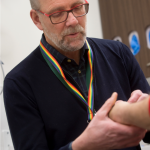
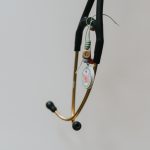
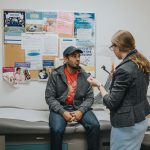
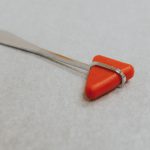










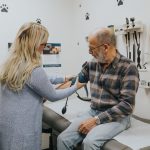





Hey Jerry
So you are giving up !
1983 seems such a long time ago although still have vague memories through the al…… haze
Best to you and Terry
See you in Canmore sometime.
CB